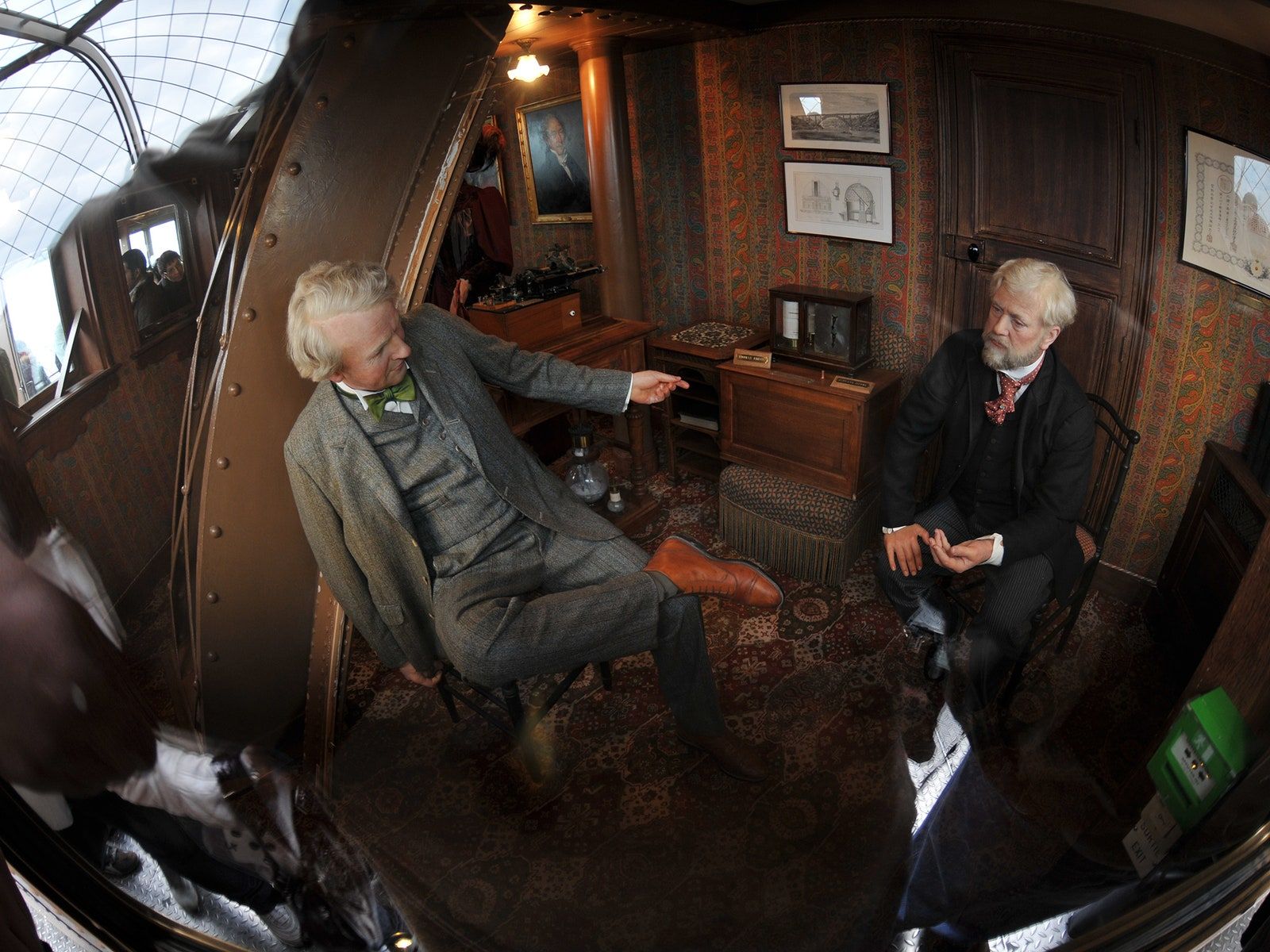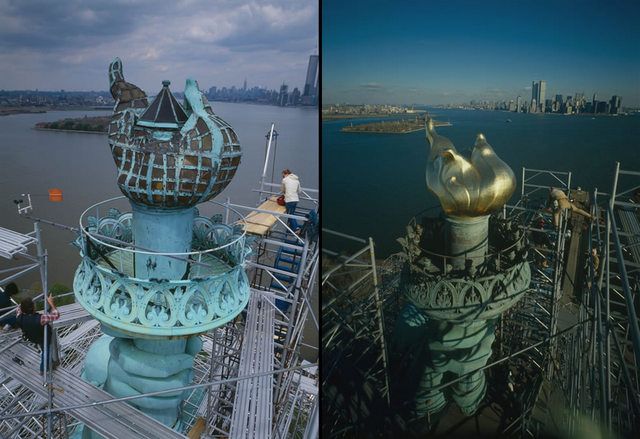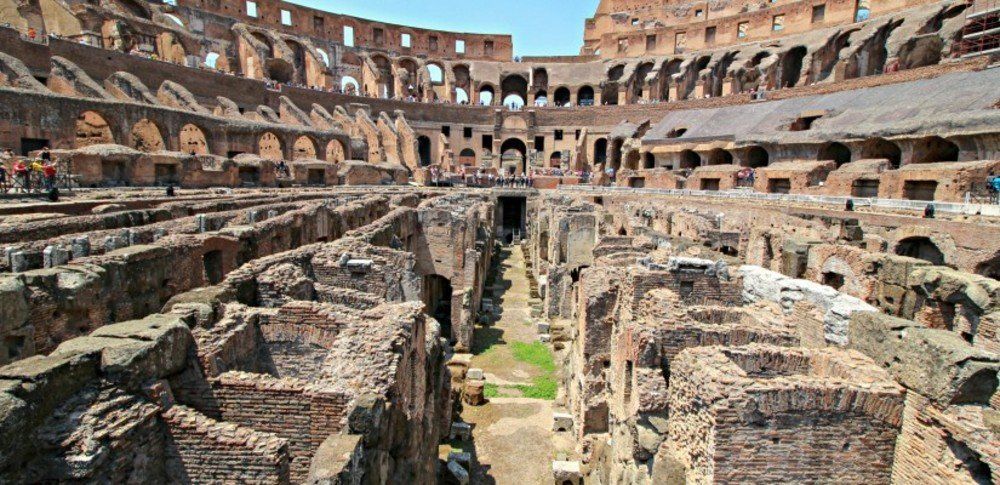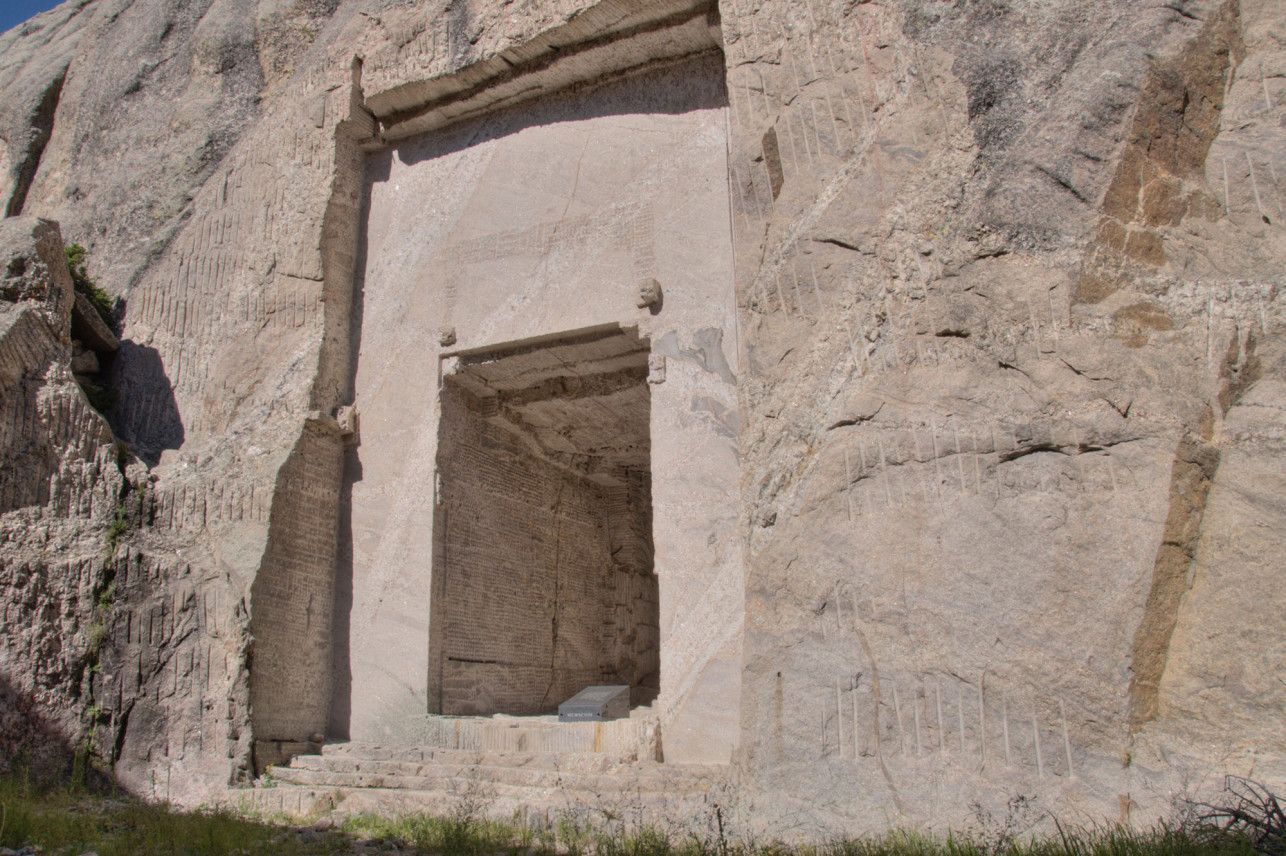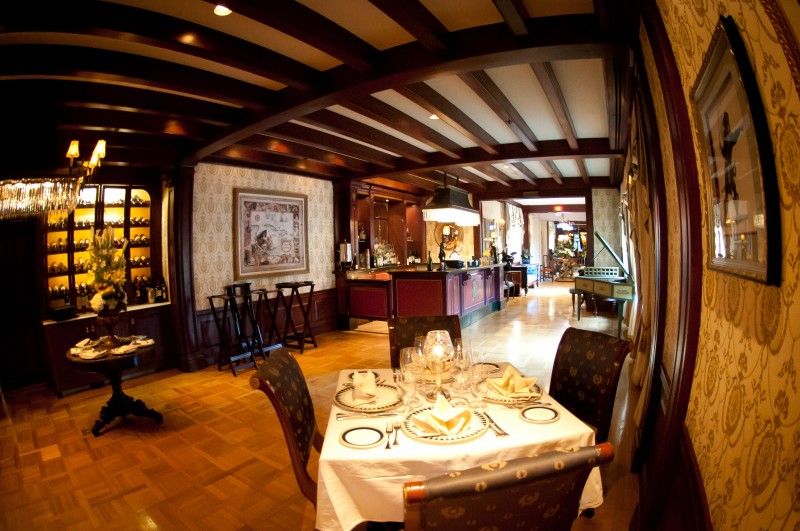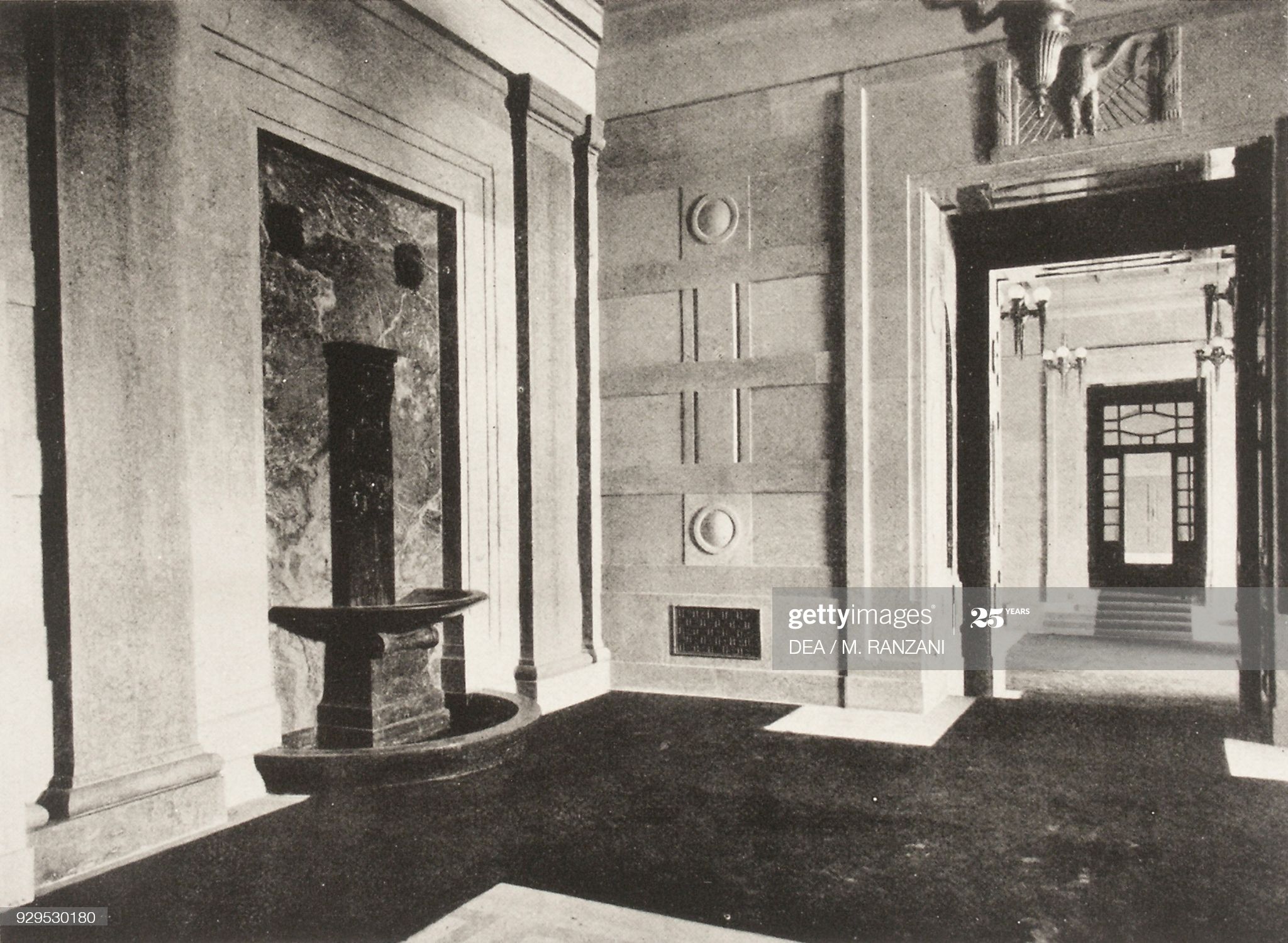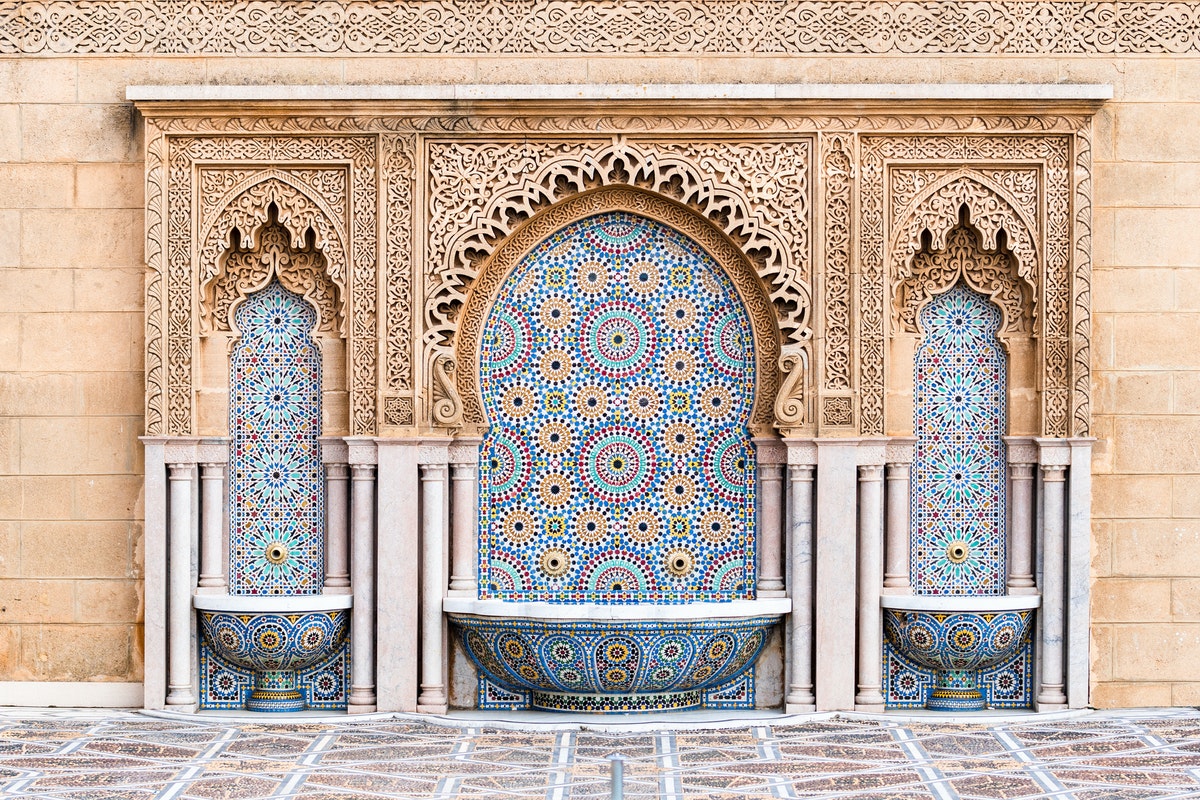If you are a frequent traveler or generally into secret rooms, then don’t miss this. Here is a list of secret spaces located in seven of the world’s most renowned landmarks. Some of these spaces were hidden well enough to go unnoticed, however, the interesting ones might, actually, be those in plain sight for everyone to see but went unnoticed all the same. Discover some of these marvels created by architects and artists over the past two centuries. So here are famous landmarks with secret spaces you probably didn’t know about.
7 Famous Landmarks with Secret Spaces
1. An apartment at the top of the Eiffel Tower in Paris
It seems that Gustave Eiffel, the designer of the Eiffel tower in 1889, was so much in love with his own creation, contradicting with the angry crowds back then who simply viewed it as an ugly existence. Little did they know that the tower would become Paris’s most distinguished landmark and a global symbol of romance. However, Gustave Eiffel was quite confident in his own design and admired it to the extent that he built himself a tiny apartment at the top of the tower. The wallpaper-lined apartment is warm and simply furnished. It provides one of the best views of the city, from its location 300-meter-high above the ground. Many of the French elite have tried to purchase the tiny apartment from its owner but he refused, preferring to keep it to himself.
2. A Room inside the flame of the Statue of Liberty in New York
Yes, there is a room in there, but unfortunately, it can’t be accessed. Following the Black Tom explosion in 1916, during World War I, which was an act of sabotage committed by German agents, the infrastructure of the statue of Liberty was subjected to partial damage. In fear of accidents, the room has been closed to visitors ever since. However, in 2011 a camera has been installed inside the torch room live streaming the panoramic view from over there. You can watch the live HD streaming here
Also, you can still access the crown of the Statue of Liberty if you want to go up there. It may be a little bit lower but still high enough.
3. Tunnels below the Roman Colosseum in Rome
This one might have been spoilt by the movies, however, many of the visitors of Italy’s ancient landmark still don’t know that there are tunnels below the grounds of the Colosseum. The tunnels were used to keep wild animals, like lions, tigers, elephants, and bears, for fights with gladiators and other ancient Roman entertainment forms. Those tunnels have been open to the public since 2010. So, people, now, can see all the passages where the animals were kept and then raised to the stage by a lever and pulley system. They can also view the plumbing system, which was quite advanced for its time, allowing the Colosseum visitors, back then, the use numerous drinking fountains and toilets.
4. A Hidden Hall of Records inside Mount Rushmore in South Dakota
The Mount Rushmore National Memorial is one of the United States’ renowned landmarks. The faces of the four US presidents and founding fathers: George Washington, Abraham Lincoln, Thomas Jefferson, and Theodore Roosevelt, are sculptured in the famous mountain. However, the interesting part about this mountain, which you may not know about is that there’s a door right behind Lincoln’s head that leads to a hall of records.
The hall of records was built between 1938 and 1939 to be a storage space for important documents related to national American history. These documents include the United States Declaration of Independence, the US Constitution, and the Bill of Rights. In 1998, the documents were moved into a locked titanium vault which was kept behind a 1200-pound-wall of Granite inside the hidden hall.
5. A secret chamber inside Leonardo da Vinci Statue in Rome
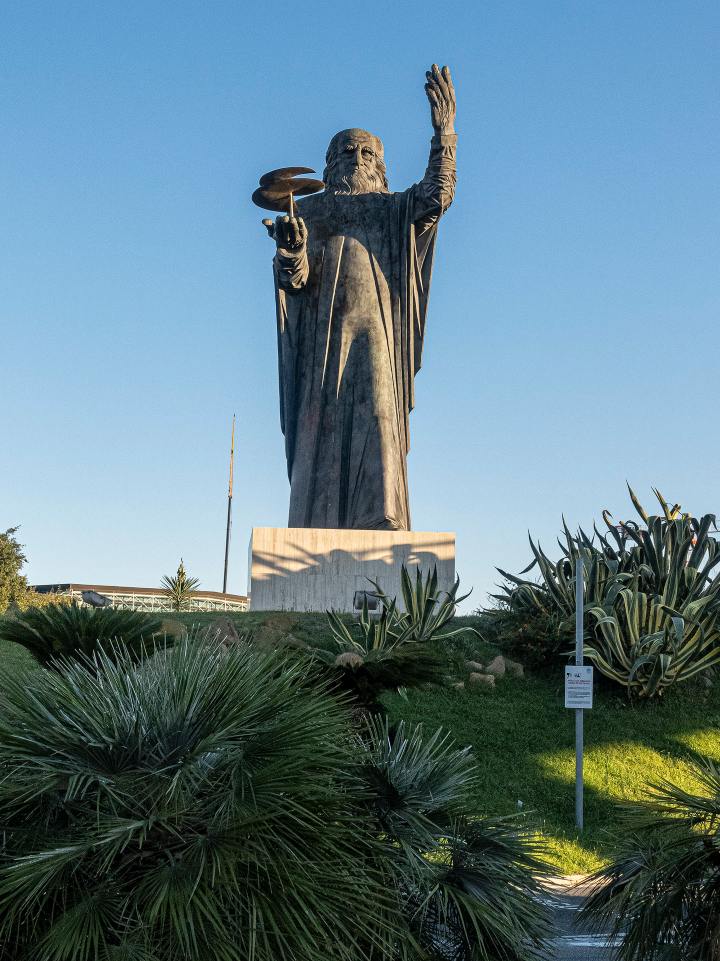
Flickr/Geronimo the Elder
The giant statue of Leonardo da Vinci has been located at Fiumicino-Leonardo da Vinci Airport in Rome since 1960. However, 46 years later, the statue was undergoing renovation works when one of the laborers discovered a small compartment 30-feet above the ground containing two parchments in very good status. One of the parchments enclosed the history of the area where the airport is located since ancient times, and it is written in Classical Latin. The other parchment contained a list of the people who attended the unveiling of the statue in 1960. It is assumed that the Bulgarian artist Assen Peikov who sculptured the Bronze statue is the one who placed the compartment and the two parchments inside it. However, there is no way to confirm that since the artist had died in 1973, 33 years before the secret hatch was discovered.
6. A secret exclusive club in Disneyland Resort in California
Disneyland is open for all people of all ages, however, Club 33 in the New Orleans Square section of the theme park in Anaheim, California, is an exception. The exclusive club which happens to be the only place that serves alcohol in the park is exclusive to only 500 members. It was opened in 1967 to entertain celebrities, politicians, and sponsors, and it was personally decorated by Walt Disney and his wife. However, the club’s offered services are not for free. The exclusive members pay $25,000 to join the club in addition to yearly fees of $10,000.
The interesting part about this club is that it is truly a secret but hidden in plain sight. Though placed in the heart of New Orleans Square, many people have failed to notice its featureless doorway which merely carries a golden plate with the number 33 engraved on it. In 2014 the club had a makeover and its entrance has been moved to a more hidden location, however you can still find the old entrance with the golden plate in its original place.
7. A Royal Pavilion in Milano Centrale railway station in Milan
Milano Centrale is Italy’s second-largest railway station after Rome’s Termini. It was designed by Italian architect Ulisse Stacchini and opened in 1931 to show off the power of the fascist system that was ruling Italy back then, led by Mussolini. The station serves local and international passengers who amount to 320,000 per day. However, these huge crowds mostly fail to notice the series of closed doors on the sidewall of the station which leads to a Royal Pavilion. The Royal Pavilion was designed to be an extravagant waiting area for the royal family, and in spite of the end of the monarchy rein in Italy in 1964, the pavilion remains to this day. The pavilion contains two spacious halls on two floors. Each covers an area of about 420m2, and one of which is on the railway level. They are most luxuriously furnished by Italy’s best interior designers of the time, and added in styled marble, and decorated with royal sculpture.


